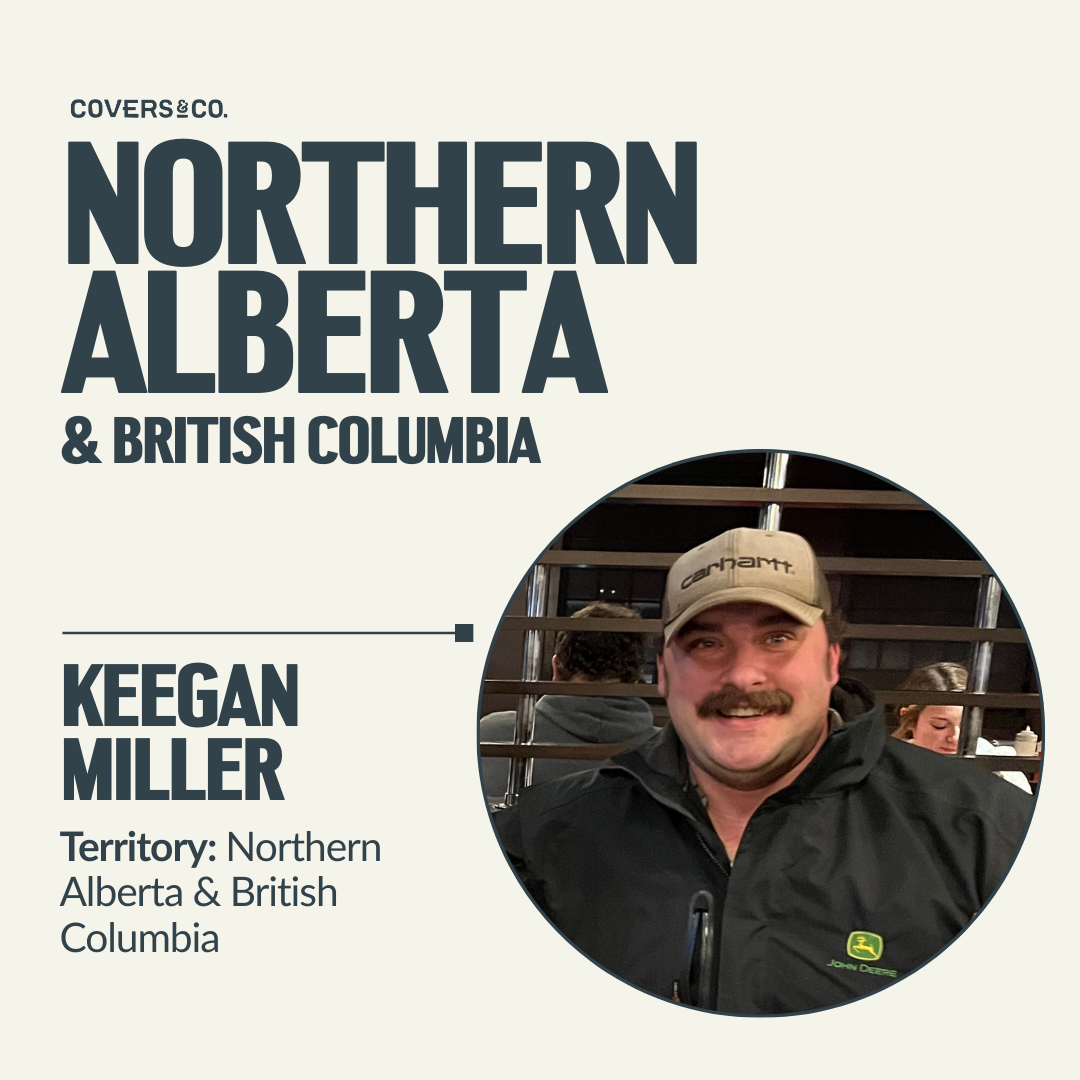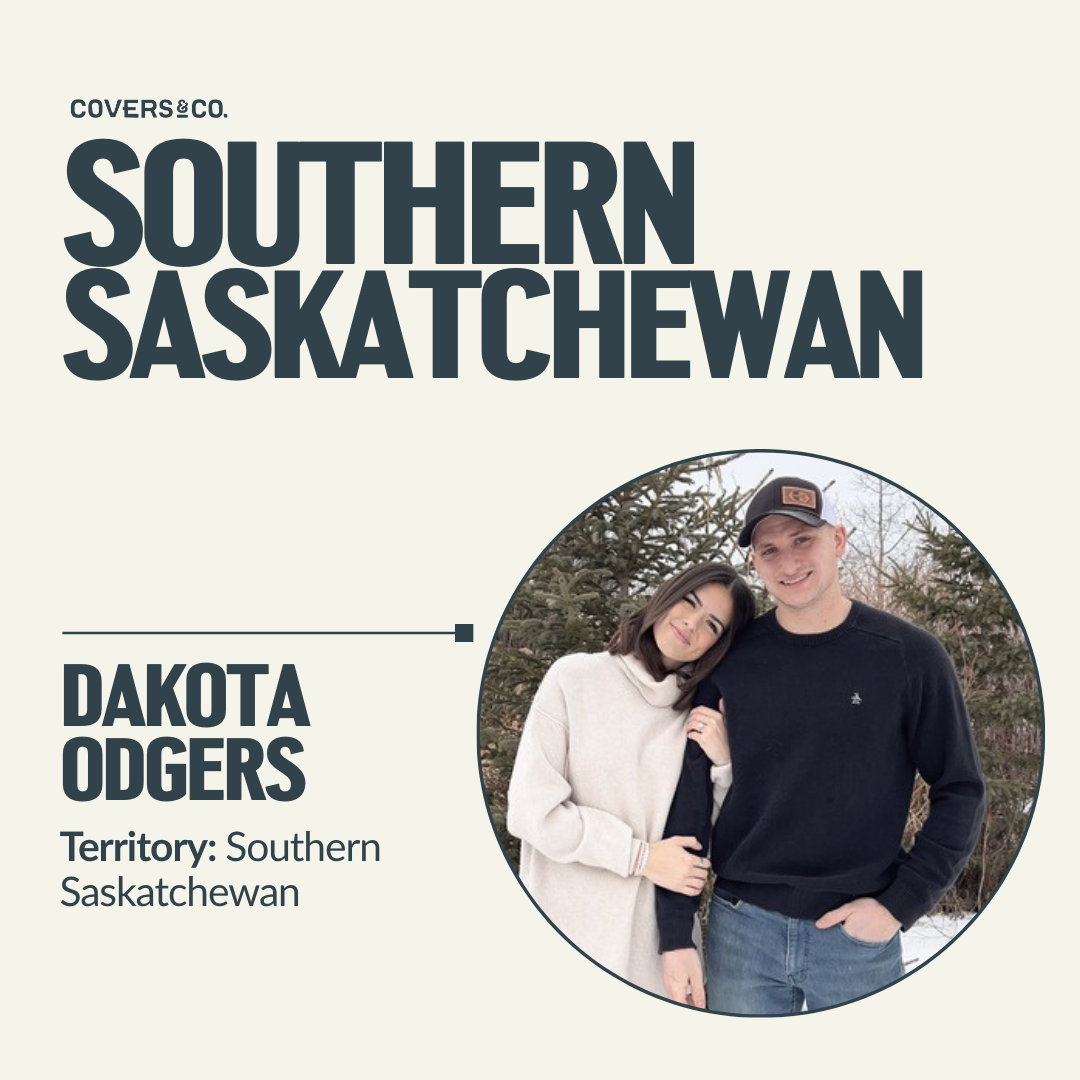Plant Diversity Co.
Pasture Cover
The Perennial Pasture Blend
The Perennial Pasture Blend
This pasture blend is designed to work in a multitude of management systems. The high % of grass in this blend allows it to be used in both green season grazing and stockpiling scenarios. The introduction of non-bloat legumes such as cicer milkvetch, sainfoin, & birdsfoot trefoil reduces bloat risks at immature states.
Important To Note: The non-bloat legumes reduce the risk of bloat, they do not eliminate it.
We are excited to launch this blend for the 2025 growing season. Please reach out to your Provincial Territory Manager for seeding & establishment best practices.
Seeding Rate: 15 Ibs/acre
SKU: 50 Ib bag
Inoculant: Legumes are pre-inoculated
FCC Financing is available for 2025-2026 seed purchases.
See below for the most frequently asked questions & establishment best practices.
This Pasture Cover is designed to be used as a multi-use blend. High percentages of grasses along with legumes gives producers the option to use for pasture grazing or haying. Some species in the mix will be better designed for grazing than haying because of an over tonnage amount. However, the plant species selected are designed for quality and longevity.
If you utilize high density/ long recovery grazing practices, there are species in this blend that will thrive in that environment. Legumes such as Cicer Milkvetch, Sanfoin, Falcata Alfalfa as well as full recovery on Tall Fescue and Orchard Grass will result in maximum tonnage.
We suggest this blend should be established as any other hay or pasture blend would traditionally be. Utilizing a companion crop in the first year of production has had positive effects to helping:
Close seeds rows to compete with weeds
Provide an income source in year one
Providing shelter to the young perennial species that are at high risk of being damaged early on in their life.
Producers in the past have had success with seeding mixes like this as early as the spring allows. Direct seeding shallow tends to be a very common practices with lots of success.
This blend has been developed to work in a multitude of grazing management situations. Perennial legumes such as alfalfas and clovers have bloat risk when grazing in high amounts in immature states. More intense management systems allow producers to monitor the day-to-day consumption of their cattle and utilize pastures with higher percentages of alfalfas and clovers to control bloat risks.
Lower management programs will be able to need a lower percentage of Alfalfas and clovers to allow them to use pastures at any time of the year.
This blend has been developed to use non-bloating legumes at a much higher percentage than the alfalfas and clovers.
Birdsfoot Trefoil
Cicer MilkVetch
Sainfoin
These three legumes have next to no risk of grazing at any maturity. Notably, these legumes in the blend do not eliminate bloat risk; they reduce it. (alfalfa & clovers are still present in the blend)
The balance of legumes with a high % of grasses ensures quality and usability for any operation.
After the year of establishment there is a great chance that producers will be able to utilize the crop as a hay or grazing crop. Allowing perennial forages to reach a higher rate of maturity prior to harvesting can help with root establishment in case dry conditions follow after the initial harvest.
Short duration- long recovery grazing is highly suggested which will allow the plants to reach maturity levels and seed themselves out, which will in turn add to the seed bank helping with the thickness of the stand.
The high percentage of grasses and legumes such as Cicer Milkvetch set this blend up great to work into a grazing system where stockpiled forages can be utilized. Depending on the time of year when the crop is grazed, leaving many frost-free days for quality/ quantity to develop will be crucial.
Once consecutive freezing events take place the quality of the forages will be locked into the plants. High leaf to stem ratio grasses and legumes such as Cicer milk vetch will hold quality for a long time after hard freezing events. Locking quality in prior to a frost will reduce the amounts of supplementation needed when grazing late or early in the growing season.
See below for some general information regarding each plant species in the Perennial Pasture Cover blend.
Plant Type: Cool Season Perennial Grass
Mycorrhizal Dependent: Yes
Why In The Blend? Vigorous growth with high biomass potential. Dense root system. Does well in cool environments.
Plant Type: Cool Season Perennial Grass
Mycorrhizal Dependent: Yes
Why In The Blend? Great stockpiling ability, high tonnage potential. Deep rooting grass.
Plant Type: Cool Season Perennial Grass
Mycorrhizal Dependent: Yes
Why In The Blend? Fast growing in spring. Greater frost resistance than Smooth Brome. Commonly used in blends across Western Canada.
Plant Type: Cool Season Perennial Grass
Mycorrhizal Dependent: Yes
Why In The Blend? Forms dense underlayer of sod. Fibrous root system. Works well within diverse pastures.
Plant Type: Cool Season Perennial Grass
Mycorrhizal Dependent: Yes
Why In The Blend? Abundant leaf growth ability in mid-summer. Mixes well with alfalfa in a stand.
Plant Type: Cool Season Perennial Legume
Mycorrhizal Dependent: Yes
Why In The Blend? Non-bloat legume. Excellent stockpiling qualities and ground cover.
Thrives in a long-rest environment.
Plant Type: Cool Season Perennial Legume
Mycorrhizal Dependent: Yes
Why In The Blend? Non-bloat legume. High adaptability to its environment. Stays vegetative longer (indeterminate plant species)
Plant Type: Cool Season Perennial Legume
Mycorrhizal Dependent: Yes
Why In The Blend? Creeping root plant. High leaf-to-stem ratio. Holds onto quality after flowering/maturing. Thrives in cool/dry environments.
Plant Type: Cool Season Perennial Legume
Mycorrhizal Dependent: Yes
Why In The Blend? High relative feed value. Potential for reaching moisture deep in the soil profile.
Plant Type: Cool Season Biennial Legume
Mycorrhizal Dependent: Yes
Why In The Blend? A specific enzyme (polyphenol oxidase) in this plant allows the clover to break down in the abomasum, not the rumen, which uses the protein more efficiently. Grows well in shaded environments.
Plant Type: Cool Season Perennial Legume
Mycorrhizal Dependent: Yes
Why In The Blend? Non-bloat legume. Increased digestibility over alfalfa with more desirable stems. Holds onto leaves longer after frost than alfalfa.
If you’re looking for further education on the concept of multi-species cover crops or the Perennial Pasture Cover, find a Local Producer Meeting near you.
This is an excellent opportunity to network with like-minded farmers from your area.
Feel free to contact your provincial Territory Manager if you have any further questions to help reduce input costs on the farm!

Name: Keegan Miller
Home Farm Location: La Corey, Alberta
Territory: Northern Alberta & British Columbia

Name: Brendan English
Home Farm: Castor, Alberta
Territory: Central & Southern Alberta

Name: Tanner Hale
Home Farm Location: Hines Creek, Alberta
Territory: Peace River Country, Alberta

Name: Dakota Odgers
Home Farm Location: Spy Hill, Saskatchewan
Territory: Southern Saskatchewan

Name: Chance Rothwell
Home Farm Location: Shellbrook, Saskatchewan
Territory: Northern Saskatchewan

Name: Connor English
Home Farm Location: Bradwardine, Manitoba
Territory: Manitoba (all areas)